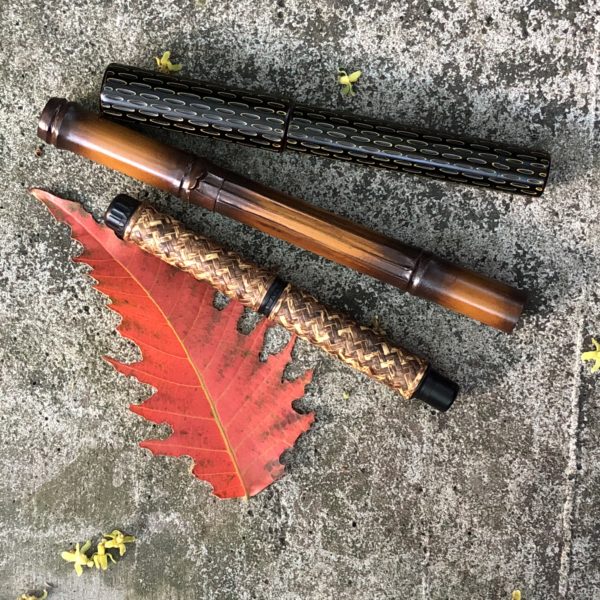Miss Celeste is 73 and stands like a 16-year old ballerina at a barre.
When she demonstrated how a child with hyperactivity banged on her giant drum until he calmed down, she knelt on the floor and flailed her arms like Martha Graham, silver hair blurring into a halo. She played Tonight, Tonight from West Side Story and asked us to dance the cha-cha. She had the grip of a stevedore. (This I found out when she was guiding me to act as if I had autism while I shook a tambourine.)
It has always been clear to me that music is a way into Lucien’s world. My son has mild autism (modified from the broader Autism Spectrum Disorder that was his original diagnosis, two years ago) and he learned to hum before he spoke. Thanks to early diagnosis and a therapy schedule that would faze a regular-flavor adult, he is learning to pay attention, interact with others and identify small red triangles from large yellow rectangles.
My sister, who is a damn fine singer, has an evil sense of humor. She loves making up songs and teaching them to Lucien, who happily sings the words she leaves out. Her latest masterpiece is “Spiderpig, Spiderpig, Lucien is a…” and Lucien answers, what else, “Spiderpig.” We’ve been doing these little variations on nursery rhymes since he was a 6-pound infant. Singing and music help catch and hold his attention, and he always rewards us with a look and a smile.
So when my mom showed me a press release for a music therapy seminar at the Protegé SPED (Special Education) Center, I reserved a slot immediately. I was the only parent. All the others were teachers, or in school preparing for their Psych thesis.
Miss Celeste made us experience placing one foot in front of the other without and with musical accompaniment. One, two, one, two. Yes, it was easier to balance, march, and kick left and right to a rhythm.
She gave us tambourines, triangles and kettle covers to make noise with while she played the piano. After the tambourine round, she asked us, “So, what did you experience?” Um, tambourine playing? “You don’t hit it like this. You hit it like THIS.” CRRASSSH. “It electrifies you inside.” Children with autism display self-stimulatory behavior; this is their way of feeling and experiencing, as they have sensory integration problems. A sound that also creates a physical sensation helps. When I squeeze Lucien, I say the word “squeeze” on a rising note as I squeeze him more and more tightly. He laughs out loud.
During the group work session, we replaced words in a nursery rhyme with labels for common objects. (We did four objects in one song; Ms. Pat, the head of Protegé, commented that one object was more than sufficient, and in a typical SPED class would likely take an entire week to learn.)
We all left with certificates. I made a fountain pen friend. (Why am I not surprised?)

My mom and I brought Lucien to Megamall after the seminar. We passed by a musical instrument shop. A Lyric piano stood outside, with a paper sign that screamed SOLD. Lucien slammed his hands down on the lower octaves, then proceeded to play the keys one by one: do, re, mi, fa, sol, la, ti, do, while I sang him the notes. He tried to run inside the shop but I held him back (as we were going home) and carried him. He said, “Mama, I want drums.”
Here we go.
